The Un-Discovered Islands could not be more different in substance — though it is similar in style — to Malachy Tallack’s debut, Sixty Degrees North. In that he book he took a revealing pilgrimage around the places which lay, like his home of Shetland, on the 60th parallel, and found a range of concerns about ecology, land ownership, both solitude and community, and what it means to be considered peripheral. This book is an account of 24 non-existent islands, yet is suffused with the same elegiac frostiness as before. Tallack’s style is precise without being perjink, and the overwhelming feeling is of something lost, or disappearing. It’s just this time, what is lost never was.
He divides the islands into groups of four: terrestrial afterlives, such as the Garden of the Hesperides; islands from the earliest explorations, like the Ultima Thule of Pytheas, where the air was not just gelid but jelly; those from the great age of exploration, like the strangely moving Hy Brasil; ‘sunken’ islands, of which Atlantis is the most famous; outright fakes; and recent un-discoveries — islands which have lingered on maps without having existed. I have only listed the most obvious, as part of the charm of Tallack’s Borgesian book is its geographic breadth, from Japan to New Zealand, the Antarctic to the Bering Strait and, oddly enough, the middle of Iraq. It is sumptuously illustrated throughout by Katie Scott — the art being inspired by the fantastical Baedeker rather than attempting to envision the unimaginable.
Tallack gives plausible explanations for the various imaginary islands, from simply being lost, to being a deliberate myth, to cartographic ineptitude, to currying favour with whoever is funding one’s expedition (it’s unlikely that Jean-Frédéric Phélypeaux, an early 18th-century French secretary of state for maritime affairs, was ever likely to check if the Isle Phelipeaux ‘discovered’ in Lake Superior was actually there).
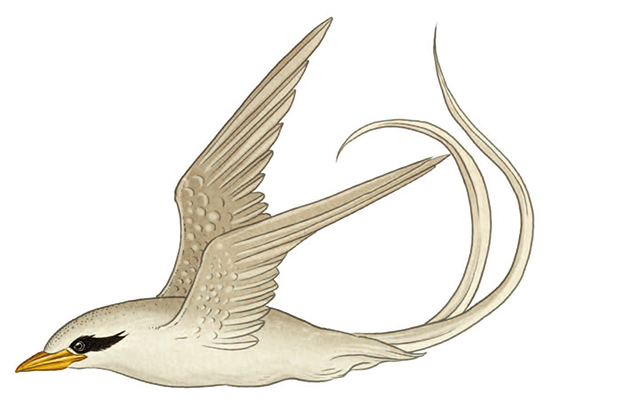
Illustrations by Katie Scott from The Un-Discovered Islands
But being fictitious does not stop something having actual consequences. One of the most intriguing chapters is about Berjema, which first appeared on maps in the 16th century. By the 19th century, its actuality was being called into question. But during negotiations stretching from the 1970s to the present day, Berjema’s existence was central to disputes about the ‘doughnut holes’ — areas that were outside the 200-nautical mile limit of either Mexico or the United States in the Gulf. If Berjema existed, Mexico had more possession, and since there might be oil and gas reserves, the exact delineation meant a lot. Of course, when Berjema was found, repeatedly, not to be where the maps said it was, or even to be there at all, rumours spread that it had been blown up by the CIA. Some of the religious islands are beautifully evoked alternative theologies: Kibu, in the Torres Strait, from where ghosts could return, showed that ‘the divide between the life and afterlife was like that between islands: it was real but not insurmountable. It could be crossed.’
The melancholy that typified Tallack’s first book is evident throughout this one. We moved, he says, from an age of discovery to an age of un-discovery, where GPS and satellites can disprove these phantom places. The age of un-discovery itself is coming to an end and these imagined lands are ‘endangered and headed for extinction. We are paying for our cartographic completeness with a feeling that something, somewhere is missing.’
It is a slight regret that Tallack did not include more literary imagined islands.Atlantis, after all, is a product of Plato’s mind rather than a mistaken iceberg or an optical illusion, and it would have been intriguing to see him write about Swift’s Laputa, or Trollope’s Britannula, or Nick Harkaway’s legal limbo of Mancreu. It is perhaps wise to have excluded the second-most famous literary island, More’s Utopia, since it is not an island at all: King Utopos cuts it off from the mainland.
This is a splendid and wistful book. Unlike Tennyson’s Ulysses, Tallack memorialises, rather than is fired by, the gleam of that untravell’d world whose margin fades forever. Even in the imagination, technology means it is too late to seek a newer world.
The post Weird and wonderful appeared first on The Spectator.
Got something to add? Join the discussion and comment below.
Get 10 issues for just $10
Subscribe to The Spectator Australia today for the next 10 magazine issues, plus full online access, for just $10.
You might disagree with half of it, but you’ll enjoy reading all of it. Try your first month for free, then just $2 a week for the remainder of your first year.

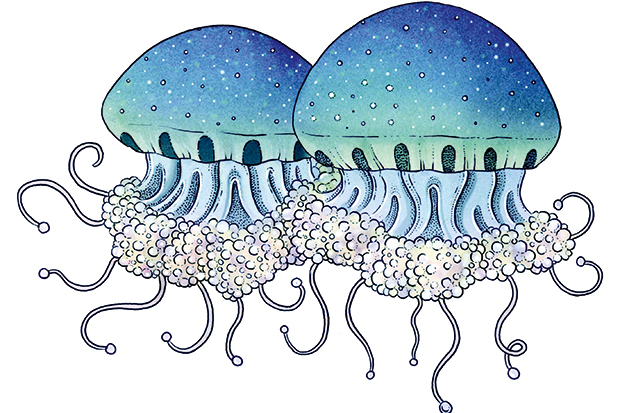

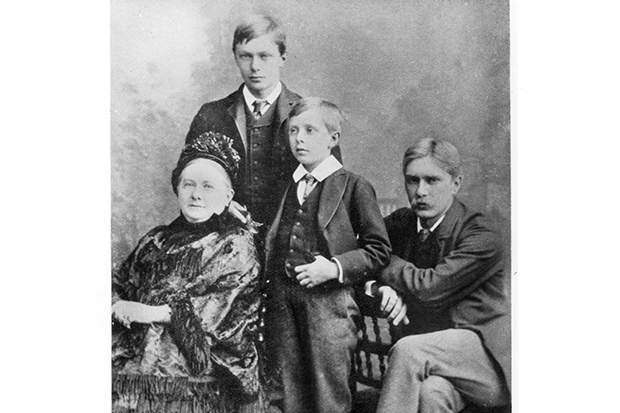
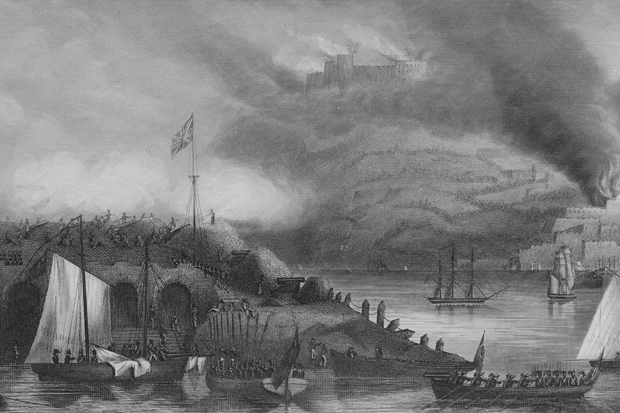
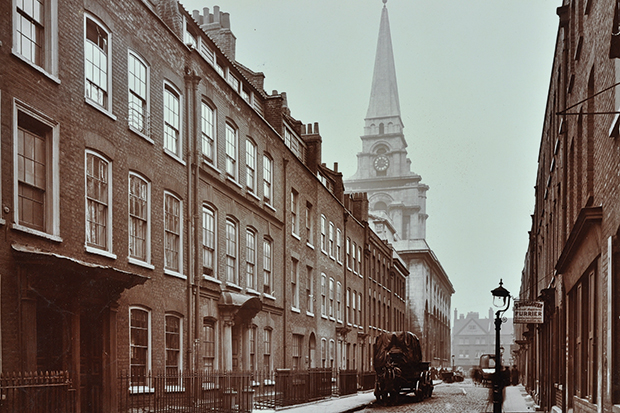

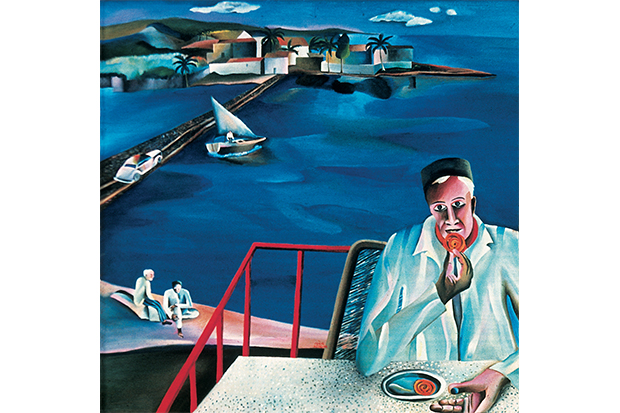






Comments
Don't miss out
Join the conversation with other Spectator Australia readers. Subscribe to leave a comment.
SUBSCRIBEAlready a subscriber? Log in